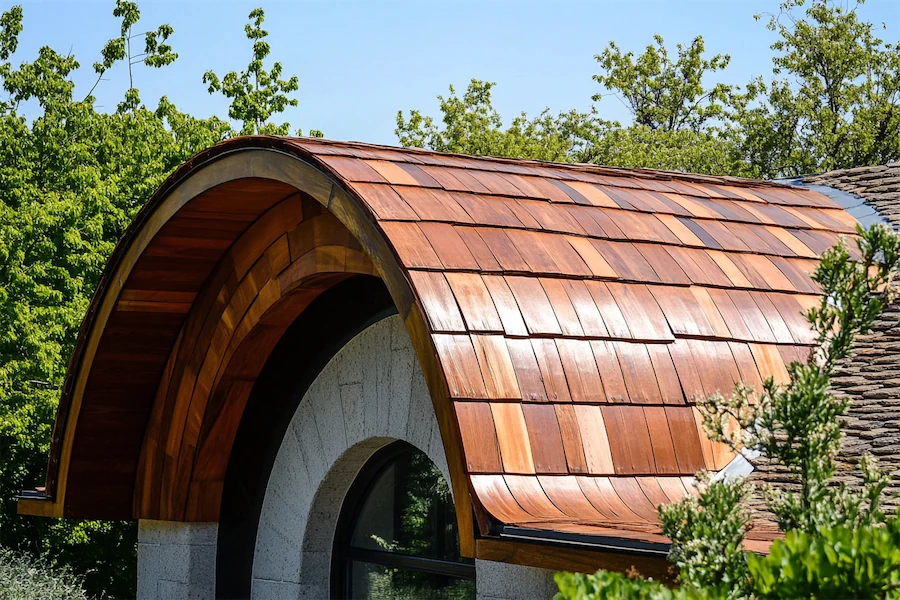A barrel roof is a curved architectural element that resembles the shape of a cut-away barrel, featuring a continuous arch typically forming a semi-cylindrical surface. This design is often employed to cover rectangular buildings, providing both aesthetic appeal and structural advantages.
History and Origins of Barrel Roofs
The concept of the barrel roof dates back to ancient civilizations, where it was utilized in large-scale constructions such as aqueducts and cathedrals during the Roman and Byzantine periods. Its effective weight distribution properties made it ideal for expansive spaces without the need for numerous supporting columns.
Key Features of Barrel Roofs
- Curved Design: The semi-cylindrical shape allows for a spacious interior and an aesthetically pleasing exterior.
- Efficient Load Distribution: The arch design effectively distributes weight, reducing the need for internal supports and allowing for larger open spaces.
- Versatility in Materials: Barrel roofs can be constructed using various materials, including metal, concrete, and traditional asphalt shingles, catering to different architectural styles and functional requirements.
Applications of Barrel Roofs
- Industrial and Commercial Buildings: Commonly used in factories and warehouses due to their ability to span large areas without internal supports, maximizing usable interior space.
- Residential Architecture: Incorporated into modern home designs to create unique and open interior spaces, often featured in entryways, porches, or as a distinctive roofing element.
- Public Structures: Employed in the design of sports arenas, shopping malls, and transportation hubs, providing expansive and unobstructed interior areas.
Considerations When Choosing a Barrel Roof
- Construction Complexity: The curved design requires precise engineering and skilled craftsmanship, potentially leading to higher construction costs compared to traditional flat or pitched roofs.
- Material Selection: Choosing appropriate materials is crucial for durability and maintenance. Options like metal offer longevity and low maintenance, while materials like concrete or asphalt shingles may require more upkeep.
- Climate Suitability: The design facilitates efficient shedding of rainwater and snow; however, in regions with heavy snowfall, additional structural considerations may be necessary to handle the load.
Conclusion
Barrel roofs offer a harmonious blend of aesthetic appeal and functional benefits, making them a versatile choice in various architectural applications. Their unique curved design not only enhances the visual interest of a building but also provides practical advantages such as efficient load distribution and spacious interiors. By carefully considering factors like construction complexity, material selection, and climate suitability, architects and builders can effectively incorporate barrel roofs into their designs to create distinctive and enduring structures.
